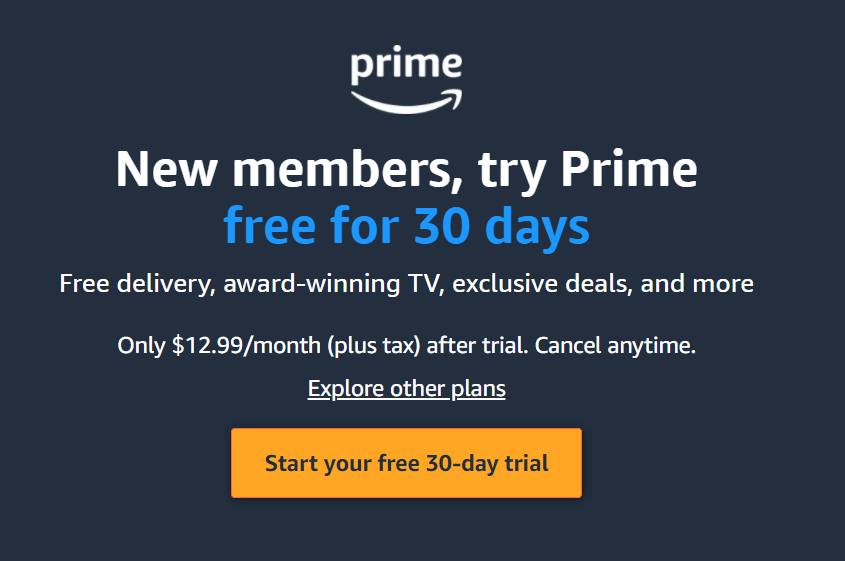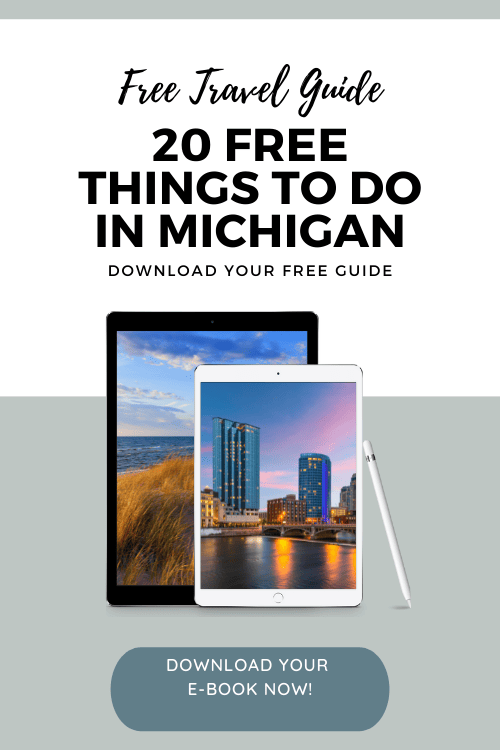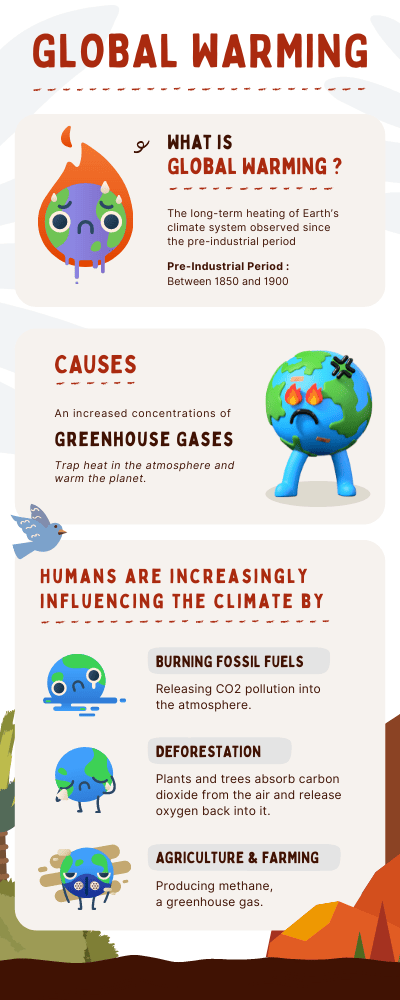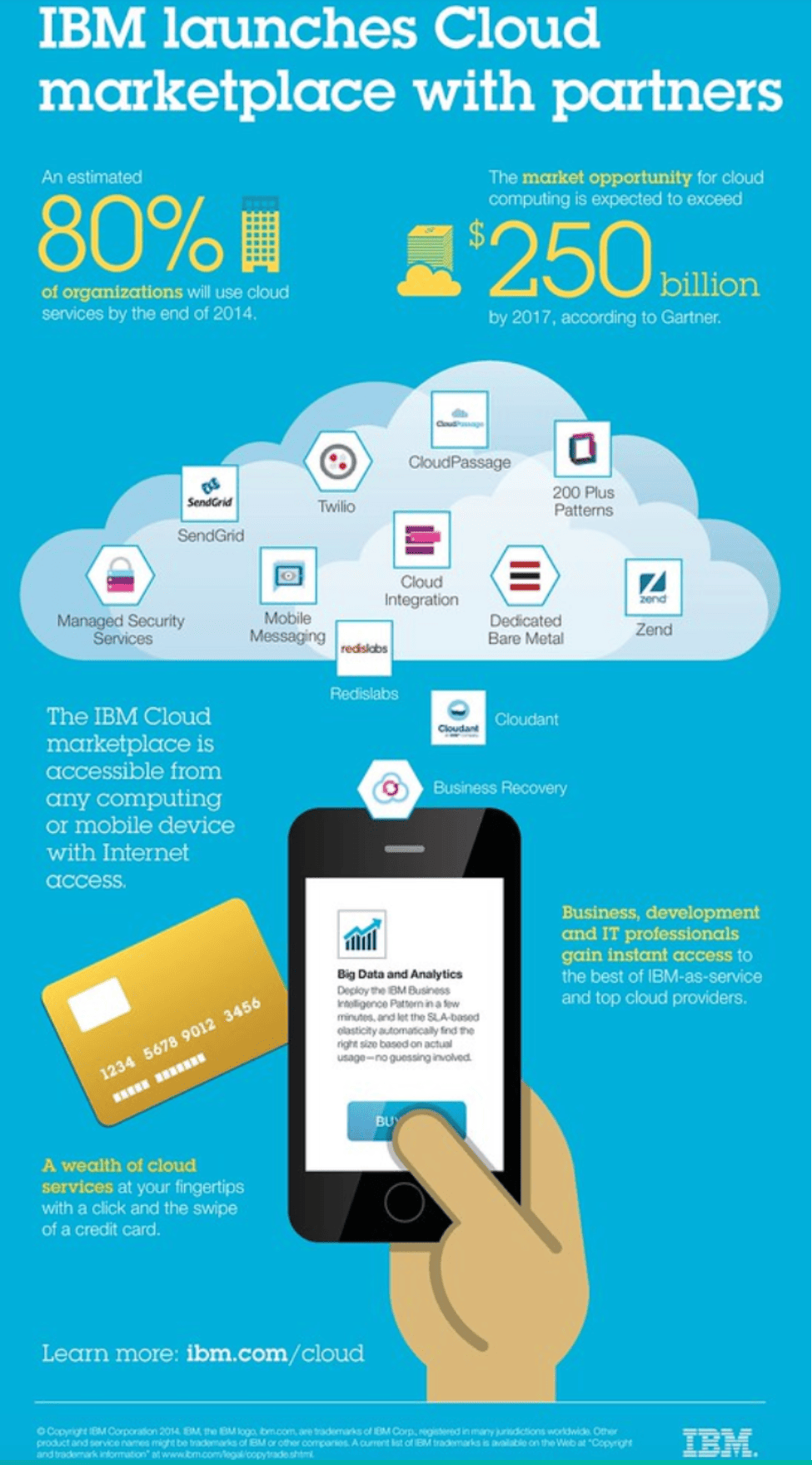What Is Content Marketing (+ Killer Tips to Crush It in 2025!)
Did you know businesses using content marketing gain three times more leads than traditional marketing methods?
And it costs 62% less.
No doubt you’re here because you want to discover how to harness the power of content marketing to annihilate the competition.
This guide will unpack the different types of content marketing, examples, and how to kick-start an epic content marketing strategy.
Let’s get the show on the road.
What Is Content Marketing?
So, what are the basics of content marketing?
Simply put, content marketing is a long-term strategy used to attract, engage, and acquire your target audience.
How?
By planning, developing, and distributing valuable content.
You do this by telling stories via videos, newsletters, podcasts, social media posts, and more.
And through consistent content creation, businesses can build long-lasting relationships with their existing customers.
Then, when consumers are ready to buy, you’ve already won their hearts.
Content marketing shows your audience that you genuinely care about them.
Why Content Marketing Is Important
Now, what is the role of content marketing? What’s the purpose of content?
A well-crafted content marketing strategy builds brand preference, informs, educates, and delights consumers.
Get it right, and you’ll build deep-rooted credibility and continued engagement with your audience.
In fact, 96% of the most successful content marketers stated their audiences view their brand as a trusted source of information.
Content marketing:
- Educates leads and prospects
- Boosts conversions
- Builds relationships that lead to increased customer loyalty
- Shows your audience how your products and services solve their pain points
- Creates a sense of community around your brand
Stages of Content Marketing
A content marketer’s mission should be to create an outstanding experience for their audience.
But before creating custom content ideas, you must understand how people buy.
Then create the quality content type that ties into their buying process.
Awareness stage
At the first stage of the sales process, your content should focus on your audience's pain points and challenges.
Your content should be educational and how-to advice, which gives you the best chance of engaging with them.
The best content for the awareness stage:
- Articles
- Blog posts
- eBooks
- Videos
- Newsletters
Your goal is for people to become aware of your business; it’s not a sales pitch.
Let’s look at a content marketing example. Below, watch Shopify create brand awareness in their short film, “Unite.”
Shopify barely mentions its company in the video but concentrates on how it helps its customers.
Consideration stage
Offer a hybrid of helpful information and marketing during the consideration stage.
Consumers are more likely to buy when guided rather than pressured with pushy sales techniques.
So, educate the reader about how to solve their problems. But don’t whip out the sales tactics just yet.
First, people need to trust you before they buy from you.
And for them to trust you, they need to familiarize themselves with your take on specific topics, your brand image, and your business’ voice.
The best content for the consideration stage:
- Case studies or testimonials
- eBooks
- How-to articles
- About us or culture videos
- Checklists or worksheets
For example, watch the below case study. Slack highlights its most helpful features while demonstrating the benefits for customers.
The balance of actual benefits and humorous moments makes entertaining viewing while keeping it real.
Decision stage
When a prospect is close to buying, you can focus on sales.
By now, they trust your business and are familiar with your products or services.
So, it’s up to you to drive home why your business offers the best solution.
But, be specific. Don’t just waffle on about how fantastic your products or services are.
The best content for the closing stage:
- Case studies
- User-generated content
- A buyer’s guide
- Product videos
- Research reports
- Demos and free trials
For example, Amazon Prime’s landing page lures prospects with a free trial.

Of course, the primary motive behind decision stage content is to drive conversions.
But, you must show how you can solve consumers' problems and answer their concerns.
Do that, and they'll have no hesitation buying from you.
Types of Content Marketing
What is content marketing in digital marketing?
Content marketing targets customer engagement, whereas digital marketing focuses more on sales.
Multiple types of content management fall under the term “digital content marketing.”
These include:
1. Blog posts
Blogs are a powerful type of inbound marketing that allows for a bucket-load of creativity in terms of purpose and topic.

Remember, your main goal is to create content that solves your audience's problems or challenges.
Then, cross-promote other internal and external relevant content within your blog post via links and add social share buttons.
2. Social media
With around 3.8 billion global social media users, it comes as no surprise that almost 70% of businesses invest heavily in social media marketing.
Research where your audience spends most of their time and meet them there. That may be Facebook, TikTok, Instagram, Pinterest, LinkedIn, Twitter, or Snapchat.
Then, create and post content like photos, pre-recorded videos, live videos, and stories.
Nevertheless, ensure that whatever you share maintains high standards, which can be achieved through simple photo cleanup or minor video editing.
3. Video
On average, 54% of consumers prefer to learn about a brand's product or service through video.
Take the infamous Squatty Potty commercial from 2015. The below video has received more than 40 million views on YouTube.
Squatty Potty understands consumers’ pain points. So, they created appealing content that helped over 5 million people have the best poop of their life.
4. Podcasts
Listeners love to hear their idols spill their guts about anything and everything. And in 2021, 80 million Americans tuned in to podcasts every week.
For this reason, many marketers have started creating and sharing their own.
Podcasts allow your audience to deepen their relationship with you, so they’ll have your brand in mind if they need future advice.
5. eBooks

eBooks should follow a narrative structure and include loads of high-quality visuals. The goal is to educate but keep the language consistent with your brand voice.
Free eBooks are great lead magnets to get people to join your mailing list.
6. White papers
Show off your expertise through a white paper. These authoritative reports are primarily based on research and data, typically downloadable in PDF.
7. Infographics
Infographics are visual content that lets imagery tell the story.

Infographics display complex information in short statements and visuals in an easy-to-understand format.
8. Cheatsheets
Cheatsheets offer quick insights into a particular topic by providing key tips or techniques. They’re short, quick reads — two or three pages.
Use cheatsheets to nurture leads. Consider providing them as bonus content in a follow-up email, then link to other resources for more in-depth learning.
9. Demos
Everyone loves free stuff, right?

Assessments, evaluations, and trials are a great way to kick off dialogue and qualify potential leads.
If you have an eCommerce-based product, consider leveraging discount codes to instill a sense of urgency to buy.
10. Paid ads
When you’re starting out, the first days are usually the toughest.
But they don’t have to be.
Paid ads are great if you don’t have the patience to grow your audience organically.
They can help you reach a broader audience to position yourself where you want to be seen.
Drive traffic to your content with paid advertisements using Facebook, Instagram, or Google AdWords.
Content Marketing Strategy
Let's dive into how to supercharge your content marketing campaign.
1. Start with SMART goals

The first step in your content strategy is to set SMART (Specific, Measurable, Attainable, Relevant, and Time-Bound) goals.
The SMART framework helps refine your goals for maximum effectiveness.
Let's take a closer look at each:
Specific
Get specific about your goals. It helps refine them, solidify your commitment and boost your motivation.
Your plan must describe precisely what you want to achieve.
For example: “I want to grow our email subscriber list by X and increase website blog traffic by Y.”
Measurable
Here is where you track your progress — how far you've come and what has or hasn’t worked.
Gaining a more comprehensive image will help you achieve your desired results.
For example: “I want to grow our email subscriber list by 30% and increase website blog traffic by 1,000 visits per month.”
Attainable
Make sure your goals are doable and achievable within a realistic time frame.
Then, break down this goal into smaller, manageable chunks.
For example: “We can increase our monthly blog website traffic by 20% in 6 months.”
Relevant
What’s your primary purpose? Each of your goals should align with your overall business objective.
Understanding the reason behind your specific goals helps motivate you towards achieving them.
For example: “Is spending the time to increase blog traffic relevant to my overall goal?”
Time-Bound
Setting deadlines for your specific goals will help you take action and boost your productivity.
Also, tracking your progress weekly or monthly can help motivate you and focus on what needs to be done.
For example: “I want to grow our email subscriber list by 30% by the end of June and reach 2,000 eBook downloads by year-end.”
2. Set KPIs for your SMART goals
KPIs are quantifiable indicators of your progress toward an intended result.
Think of it as a speedometer.
When driving, the speedometer allows you to make necessary corrections to speed up or slow down. It’s a tool that helps make critical decisions.
And avoid fines.
KPIs work the same way.
But without the fines.

By pairing SMART goals with KPIs, you’ll have the direction and the tools to hurtle down the road to content marketing success.
3. Find your target audience
Now you need to create buyer personas to identify your target audience.
A buyer persona is a semi-fictional characterization of your ideal potential customer — the consumers who will benefit the most from your digital product or service.
First, narrow down your target audience's demographics, preferences, challenges, purchasing habits, and goals.
Then, develop customized content and experiences to match.
4. Decide what content you want to create
Now, you need to decide on the type of content you’ll create to attract and engage your audience.

First, you must consider two things:
- What is your target audience looking for?
- Where are they in their buyer’s journey?
Then, create visually engaging content. Experiment with text, videos, and images that will gain your audience's attention.
5. Choose where you’ll share your content
How will you distribute your content? Where is your audience hanging out?
Will you post your content on your site, email it to your subscribers, or share it on a social media platform?
Begin with where you know your audience is likely to be, and choose the formats that make sense.
For example, you could utilize email marketing and send a new article to your email subscribers.
Or, if you’re creating Facebook content, it will be the content marketing platform itself.
6. Figure out your budget
Let’s talk money.

You’ve decided the type of content you’ll create and on which channels you’re marketing it.
Then, answer the following questions to work out your budget:
- Do you need to buy software like Adobe Photoshop or a Canva subscription?
- Do you need to hire content marketers or designers?
- Will you use paid ads?
- Do you need to access marketing tools or resources to enhance or measure your content?
This will help ensure you have the resources you need to execute your content marketing campaign. And that you’re not overextending yourself.
7. Prepare a content marketing plan
Juggling different social media platforms can be time-consuming.
A social media calendar or an editorial content calendar allows you to plan, schedule, and organize your social media marketing content.
It will also ensure you’re consistent in producing and sharing content at the best possible time.
8. Create and optimize your content
Naturally, you want to maximize every content asset.
So, if you’ve got original, high-quality content that you’ve invested time and money in to create, you want to make sure your content stays fresh.
Get the most out of your content marketing with the three Rs:
Reorganize
Slice and dice your content. For example, some people like eBooks, while others prefer infographics or cheatsheets.
So, chop it up and mix and match to suit your audience.
Rewrite
If you notice the number of engagements in a piece of content starting to drop, it’s time to update.
Retire
Even great content has a use-by date.
Any content that’s old news can damage your brand’s authority — undoing all the good work your content has done to date.
If the content no longer applies, put it to bed.
9. Measure and analyze your results
Lastly, you need to analyze and measure your results.

If you don’t know how your content is performing, you can’t prevent future mistakes or repeat what’s working well.
Google Analytics will provide you with the insights you need into how your content is performing.
There are also many content marketing analytics tools you can use.
Then, run A/B testing. It’s a great way to collect essential information to strengthen your content marketing strategy.
For example, compare two pieces of identical content except for one factor, such as the copy, the CTA, or the title.
Continue to test and implement until you’ve found the winning formula.
SEO and Social Media Best Practices
Good content marketing 101 tells us that brands must create content that engages their target personas.
But before you engage, your content has to reach them in the first place.
To do that, you need to focus on content optimization.
So, let’s talk SEO and social media best practices.
SEO
Make it easy for prospects to find your business using SEO.
And the first step is SEO keyword research.
Keywords are words and phrases that a prospect types into a search engine when looking for a company, product, or service.
Ubersuggest, for example, is a helpful keyword generator content marketing tool. Then, disseminate relevant keywords throughout your content, and you’ll attract more traffic.
The best keywords are:
- Plain language — the words your audience would use to describe their pain points.
- Relevant — keywords that match your expertise, products, and services.
- Specific — a combination of your industry expertise, focus, prospects’ challenges, and more.
SEO best practices
- Make sure your content delivers what you say it will.
- Focus on one to two keywords but avoid “keyword stuffing.”
- Use keywords in the title.
- Organically sprinkle your keywords throughout your content.
- Stay on topic and create high-quality content that ties into your headline.
Social Media
Now you’ve created your content, it’s time to spread the word.
Promote your content on social platforms like Facebook, YouTube, LinkedIn, Twitter, and Instagram.
Social media best practices
- The best social media platforms are the ones your audience frequents.
- Pay attention to the social media channel's level of fun or professionalism.
- Learn by trial and error. For example, a low number of high-potential engagements may be better than a stack of clicks that don’t result in a following.
So, what are examples of effective content marketing? Let’s dive in.
Examples of Content Marketing
These examples will show you how to incorporate compelling content into your marketing campaign.
1. Social Media
Beardbrand offers niche products to a highly targeted audience.
With their unique male grooming supplies, Beardbrand is selling a lifestyle. They’ve even seemed to develop a cult status among “urban beardsmen.”

Beardbrand also uses Instagram to promote giveaways and create a buzz about its products.
HubSpot is a developer and marketer of software products. Through Twitter, Hubspot creates a community among customers, target audiences, and industry experts.

Through Twitter, HubSpot shares product information, industry tips, knowledge, and research. But, they also make sure those in need of support know precisely how to get help.
TikTok
With over 1.7 million followers and more than 35 million likes, Chipotle is highly active on TikTok.

Their TikTok videos show customer-generated content, menu items, recipe hacks, and more.
2. Infographic
When launching its Cloud marketplace, IBM created an on-brand, well-organized, and easy-to-read infographic.

The infographic demonstrates what IMB is doing and how customers can enjoy, access, and use Cloud marketplace.
3. Blog
Expedia’s blog, “Out There Starts Here,” shares travel-related information.
Readers can uncover hotel recommendations, places to visit, and things to do.

Regularly publishing new blog content on a wide range of topics keeps readers interested and engaged. For example, Expedia posts content that links to its services and includes positive user experiences.
4. Podcast
Harvard Business Review’s (HBR) weekly podcast features talks with key industry leaders.

“HBR IdeaCast,” complements HBR's published content. Plus, it enhances brand awareness and helps gain new audiences through a different medium.
5. Video
Dollar Shave Club’s video content is on-brand and downright hilarious.
The Dollar Shave Club experienced incredible growth and brand awareness by promoting its brand via video. In fact, this video has had over 27 million sets of eyeballs on YouTube.
6. Paid
Revolve is a clothing and accessories company that uses paid and sponsored social media ads to reach its target audience.

Their ads feature new products with free shipping details to drive their target audience to their site.
Elevate Your Brand With Content Marketing
The world gets noisier day by day.
But yelling louder won’t help. Yelling better will.
It’s now over to you to create a kick-butt content marketing strategy that allows your expertise and unique value to shine.
Get it right, and you’ll not only attract prospects but also move them efficiently through the content marketing funnel to grow your business.
You got this.
Kirsty Wilson is a Smart Blogger-certified content marketer and self-taught margarita aficionado. With a passion for Digital Marketing and a knack for crafting captivating Landing Page Copy, she sprinkles her Aussie charm and cheeky humour across lifestyle, travel, and marketing blogs. Currently adventuring through Mexico, she documents her solo travels to inspire fellow Gen-X gals to #SeizeTheDay!